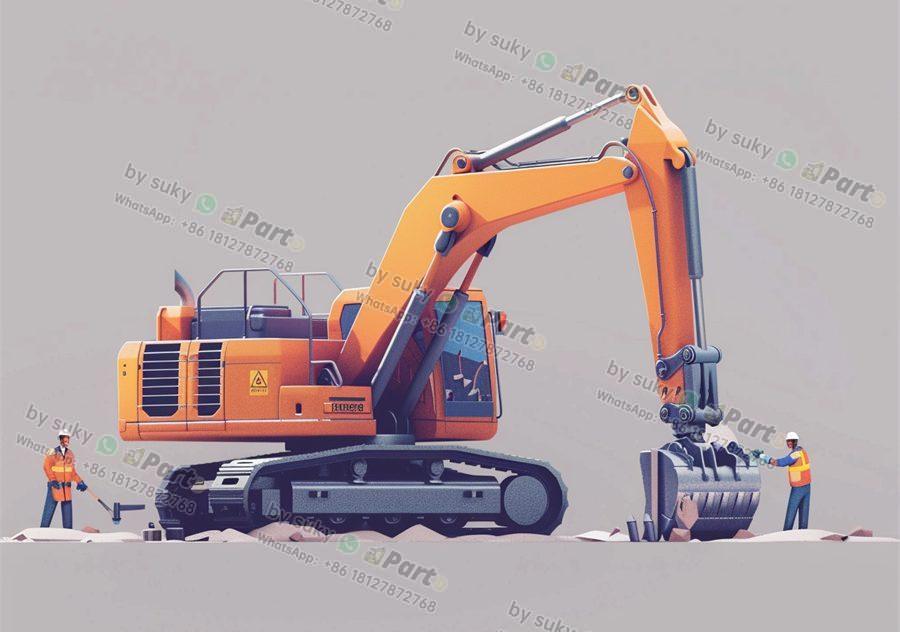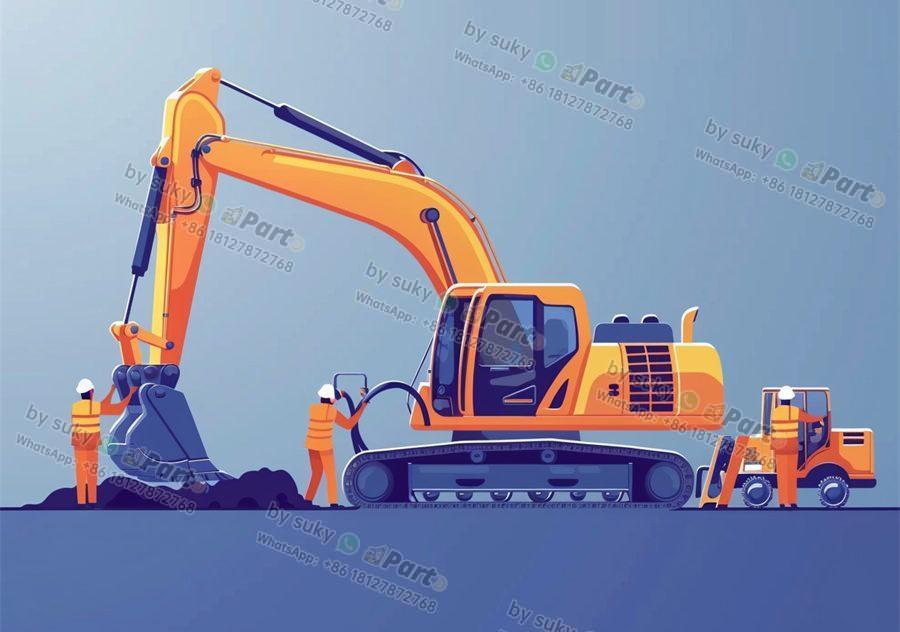Crawler excavators are essential equipment in the construction industry, and their undercarriage parts are crucial for ensuring their smooth operation. Importers and distributors of engineering vehicle parts need to pay special attention to the quality of crawler excavator undercarriage parts to avoid any downtime and costly repairs.
When it comes to crawler excavator undercarriage parts, there are several key components that play a vital role in the overall performance of the machine. These include track chains, track shoes, sprockets, idlers, and rollers. Each of these parts must be durable and well-maintained to ensure that the crawler excavator can function efficiently on the construction site.
Importers and distributors of crawler excavator undercarriage parts need to work closely with reliable manufacturers who can provide high-quality components. It’s essential to source parts that are made from premium materials and undergo rigorous testing to ensure their durability and performance. Working with reputable suppliers can help guarantee that the undercarriage parts meet industry standards and will withstand the demanding conditions of construction work.
Regular maintenance and timely replacement of worn-out undercarriage parts are essential to prolong the lifespan of the crawler excavator. Importers and distributors should provide their customers with guidance on proper maintenance practices and the importance of using genuine parts. By using high-quality undercarriage parts and following a strict maintenance schedule, construction companies can minimize downtime and maximize the efficiency of their crawler excavators.
In conclusion, crawler excavator undercarriage parts are critical components that significantly impact the performance and longevity of the machine. Importers and distributors of these parts must prioritize quality and reliability when sourcing components for their customers. By working with reputable manufacturers and emphasizing the importance of maintenance, they can help ensure that crawler excavators operate smoothly and efficiently on construction sites.








